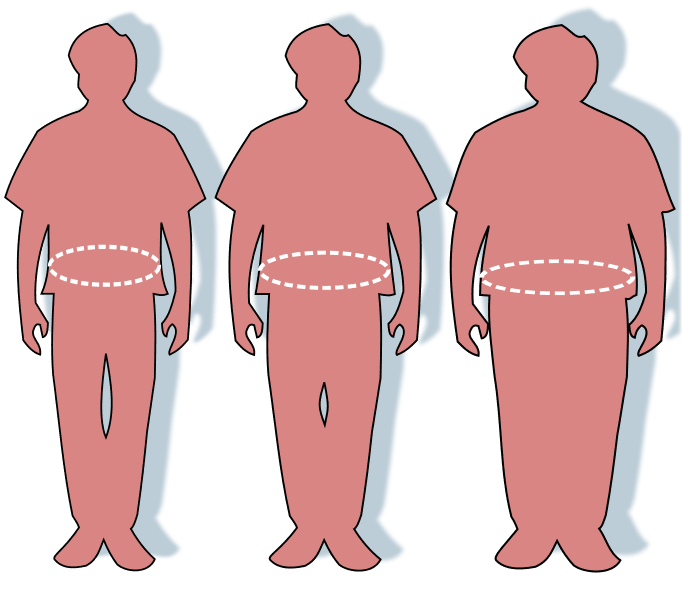FDA Employing New Methods for Medical Device Approvals
At the Food and Drug Administration’s Center for Devices and Radiological Health, the new year started off with an approval of the first therapeutic weight loss option for obese patients since 2007.
The device – the Maestro Rechargeable System – was given a thumbs-up following a scientific study of a recently developed patient preferences protocol. The protocol employs a method for gathering opinions from patients about devices from which they would benefit.
This particular study targeted 440 patients with a body mass index of 30 or greater and asked them whether they would accept the risks associated with the device in exchange for shedding some pounds. The answer was a resounding yes.
“CDRH is using the study tool to define minimum clinical effectiveness to evaluate new weight-loss devices,” the authors of an article in Surgical Endoscopy wrote.
The agency plans to use the method, presented by lead scientist Telba Irony, chief of the CDRH’s Surgical Devices Branch, for approving other products.
“This study supports the ongoing development of a guidance document on incorporating patient preferences into medical-device premarket approval decisions,” according to the article.
The paradigm shift is improving lives, the FDA believes. Before, agency experts might not have approved something like the Maestro Rechargeable System because the risk-vs.-benefit formula wasn’t conservative enough. That has changed.
“…today, under a patient-centric assessment of risk, if adequate evidence indicates that a subset of well-informed patients with a particular illness or condition would value the product’s benefits more than its risks, CDRH may approve the device for that particular group,” reads an FDAVoice blog titled “Listening to Patients’ Views on New Treatments for Obesity.” “However, if we were to approve such a device we may require appropriate product labeling that clearly defines the patient sub-population and their benefit-risk preference.”
It should be noted most of the funding for FDA studies to approve a medical device comes directly from the medical device makers. The same holds true for FDA studies to approve new drugs; the money originates from the pharmaceutical companies. That being said, the FDA can be credited with participating in the Medical Device Innovation Consortium, a partnership involving the Centers for Medicare & Medicaid Services, National Institutes of Health, nonprofit organizations, patient groups and dozens of medical device companies.
“As patient groups, industry sponsors, and others conduct more patient preference studies, we will better understand the tradeoffs that patients with medical device-treatable diseases and conditions are willing to make,” according to FDAVoice. “This research, along with actions taken by CDRH, MDIC and others will drive more patient-centered device development and assessment. As a result, patients will play an influential role in determining which treatments and diagnostics are available in the U.S. market.”
Share This



